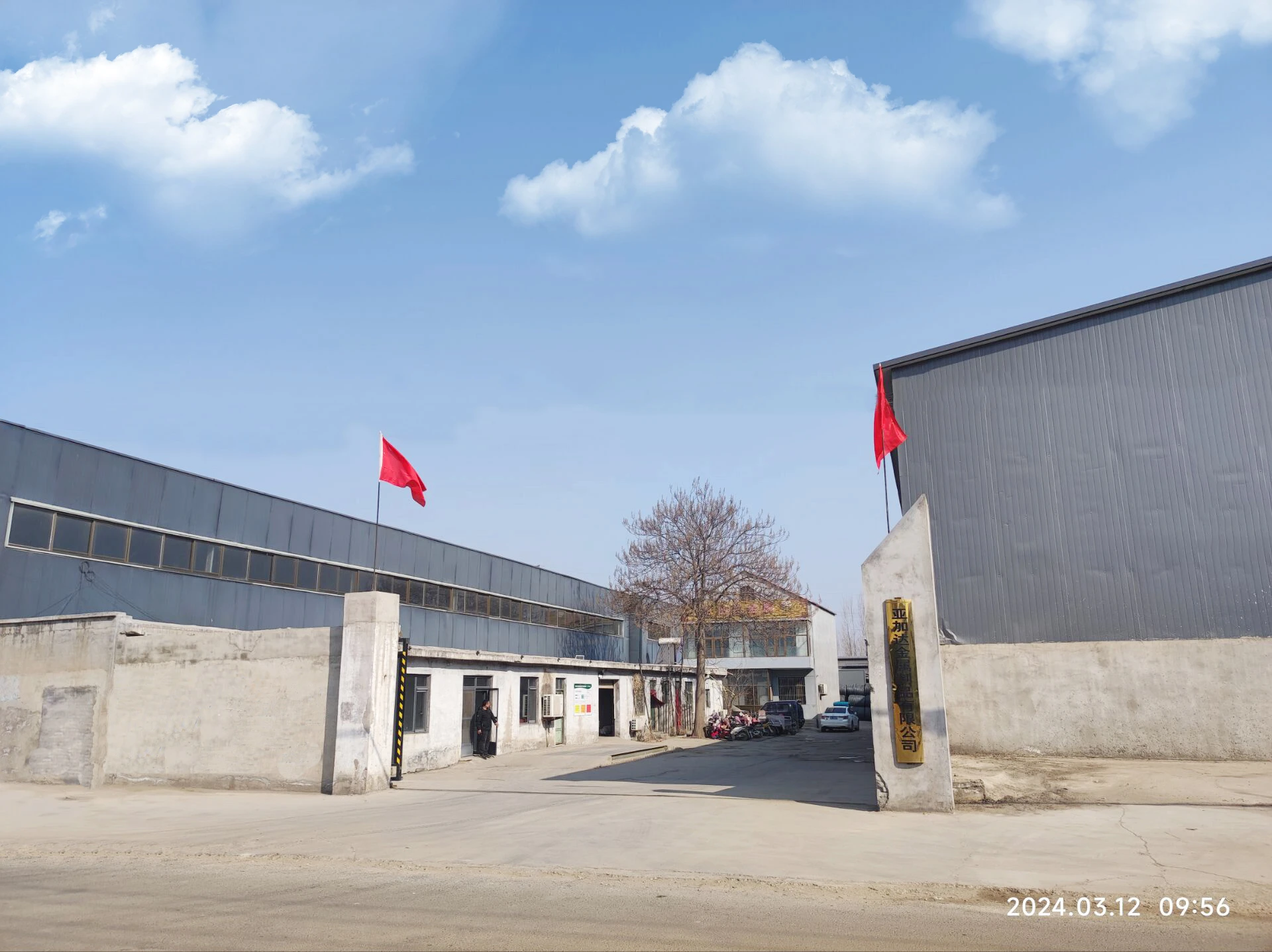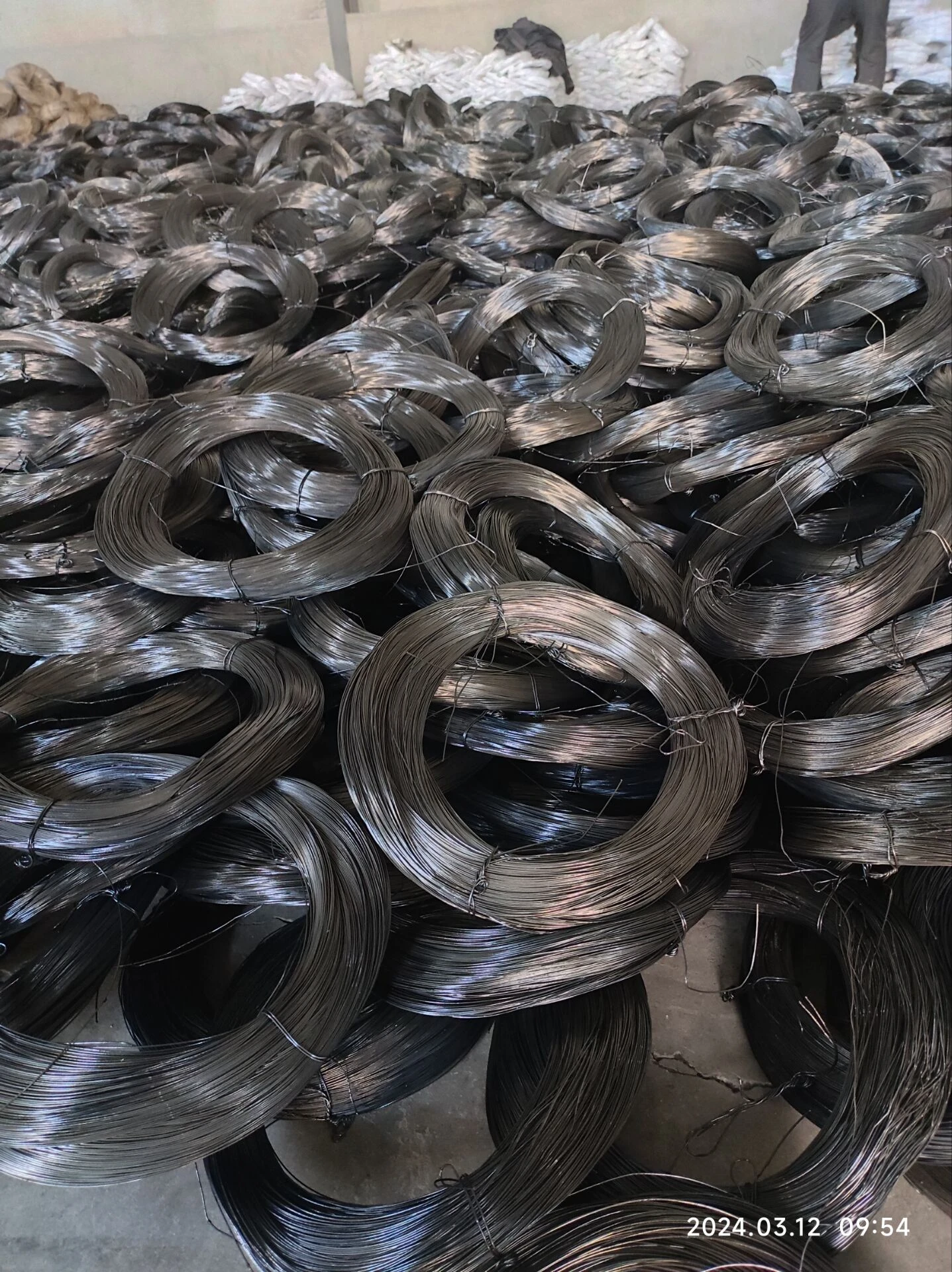

Stripped screws are notorious for complicating removal. Initiate with a rubber band placed over the screw head, then press down with a screwdriver or drill. The rubber band helps fill the stripped spaces, offering better grip. If ineffective, switch to a screw extractor which safely accommodates the damaged head. Step 4 Managing Embedded Screws For screws sunk below the drywall surface, use a utility knife to cut away excess paper and access the screw head. This procedure reduces the risk of further damaging the wall during removal. A fine-tip screwdriver or an extraction bit is ideal for screws flush with drywall. Step 5 Post-removal Repair After removing screws, addressing the resultant wall damage is crucial. Start by lightly sanding the area to remove remnants of the drywall paper. For deeper holes, apply spackle or joint compound. Once dry, sanding the area smooth ensures a professional finish. Finally, repaint to match the existing wall color, leaving a seamless finish. Expert Tips for Efficient Removal 1. Prevent Overdriving During installation or removal, avoid excessive force. Overdriving can lead to drywall paper tearing, necessitating further repairs. 2. Regular Maintenance Address rusty screws promptly. Rust weakens the screw's integrity, making future removal difficult and increasing the chances of breakage. 3. Practicing Patience Tackling screws in a methodical, calm manner prevents rash mistakes that can lead to extensive wall damage. In summary, removing drywall screws requires more than just elbow grease—it requires strategic thinking and precision tools. By following these steps, ensuring tool quality, and applying expert tips, even the most challenging screws can be removed efficiently and safely, preserving the integrity of your drywall.

















